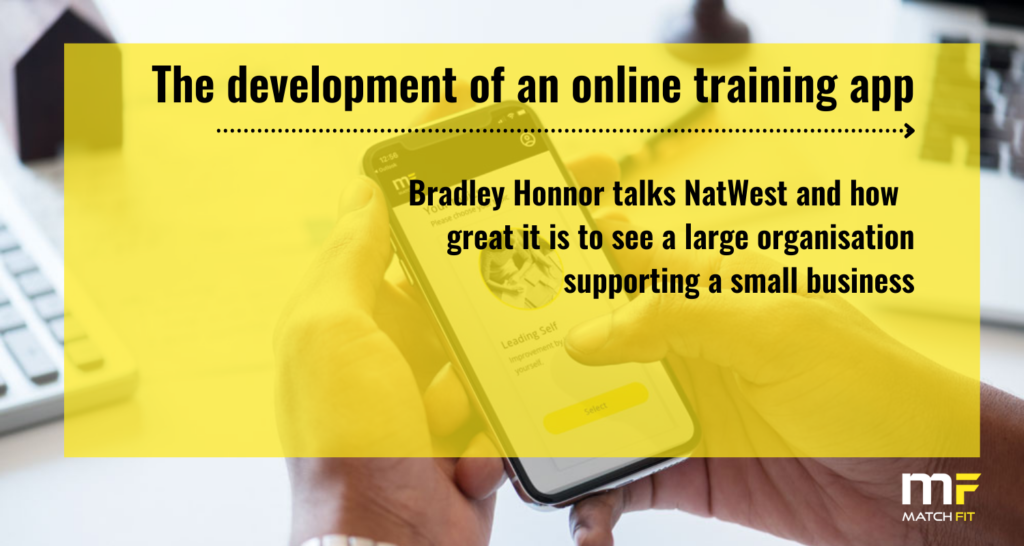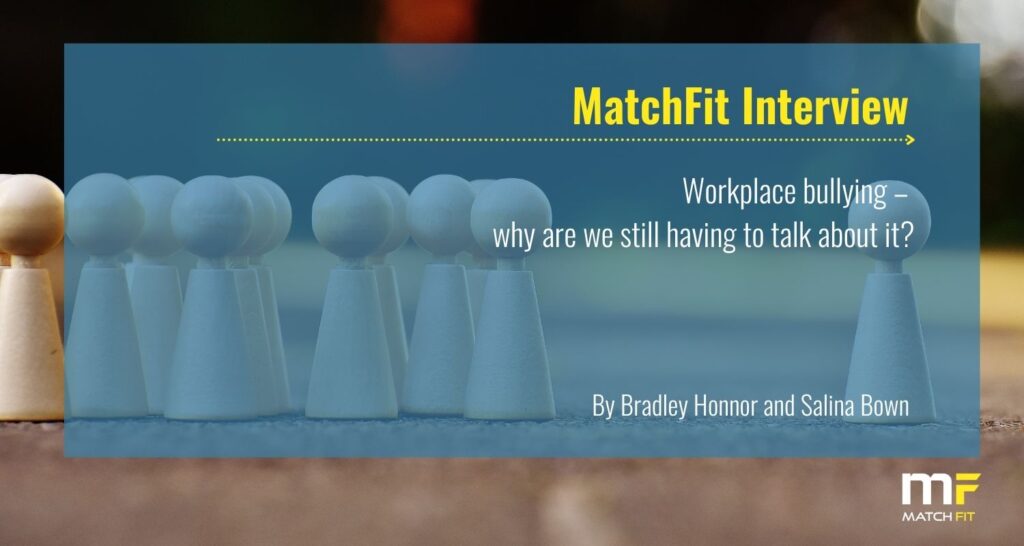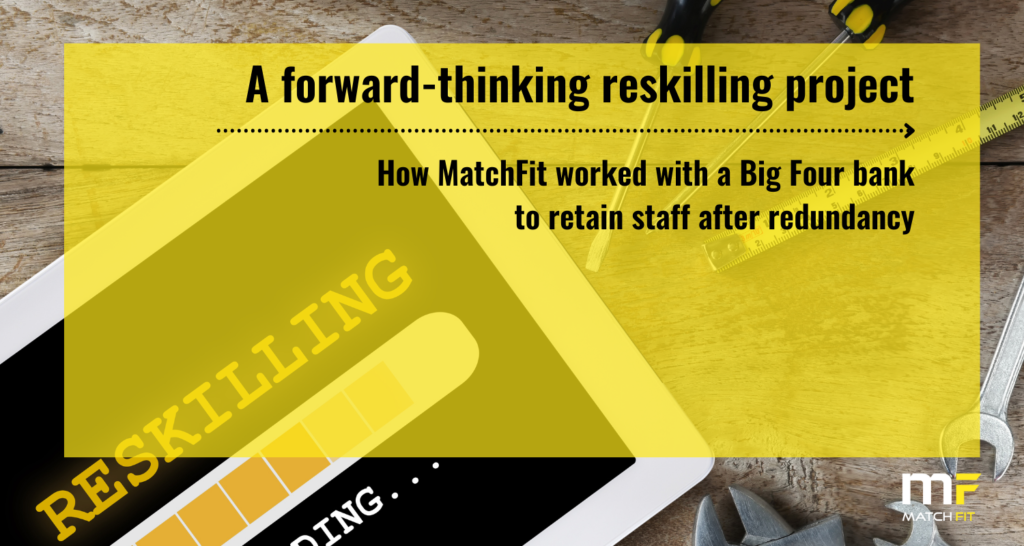3 essential skills every business leader should possess
By Bradley Honnor
All businesses depend on effective leadership at every layer of their organisation for success. In this piece, MatchFit MD Bradley Honnor, argues that while leadership styles may vary, there are three essential skills every business leader should embody: responsibility, collaboration, and vision.
1. Taking responsibility and embracing accountability
Taking responsibility and accepting accountability are fundamental attributes of strong leadership. In many organisations, there’s a tendency for individuals to pass the buck upwards, expecting those more senior than themselves to shoulder the burden of decision-making. However, effective leaders understand that accountability starts—and ends—with them. Whether they’re part of the senior leadership team, leading a department or in charge of a small team, leaders must embrace accountability within the boundaries of their roles. By taking ownership of their actions and decisions, they set a precedent for accountability throughout the organisation, creating a culture of responsibility and trust.
“At MatchFit, we see examples of leadership teams talking about decisions that have been made centrally, so sometimes even an SLT won’t assume the responsibility and accountability they should,” says Bradley. “Whatever your level, if you can display strong responsibility and accountability behaviours within the boundaries of your remit, you are displaying positive leadership skills.”
2. Encouraging collaborative working practices
Collaboration and team working are also core leadership skills; success is rarely achieved in isolation.
“As a leader you have to engage others and ensure that everyone gets behind what you are trying to achieve,” argues Bradley.
Leaders must actively engage with their teams and develop a sense of unity and shared purpose. Empathy plays a pivotal role with leaders needing to understand the challenges and perspectives of their team members. A collaborative and inclusive approach will, in the vast majority of cases, lead to a higher level of achievement.
“Leadership isn’t about managing a spreadsheet. There are people involved, and they have to be nurtured and managed in an empathetic way to get the most out of them and the team as a whole,” Bradley continues.
3. Communicating the organisation’s vision with clarity
Vision is a third strand of effective leadership. A clear vision provides direction and purpose, guiding the actions and decisions of both leaders and their teams.
“You don’t just get in your car, drive off and hope you get somewhere. You have a plan for where you are going and how you are going to get there,” says Bradley.
Leaders must have a defined vision for the direction and future of their organisation. Articulating this vision effectively is equally important, ensuring that everyone understands the overarching goals and their individual roles in achieving them. Without a clear vision, teams can focus too much on smaller tasks or those not aligned to strategic priorities rather than working with purpose and clarity, and driving meaningful progress.
It’s essential for leaders to first recognise the importance of these skills and then continuously refine their abilities. Professional development programs, mentorship, and feedback mechanisms can prove useful in helping to understand how much progress in being made.
Ultimately, the effectiveness of a leader is measured not only by their individual achievements but by the collective success of their team and organisation. By understanding the importance of responsibility, collaboration, and vision, leaders can inspire their teams to overcome challenges, seize opportunities, and achieve sustainable growth.
If you’d like to learn more about our MatchFit leadership programmes, take a look at our information pages here, or why not get in touch? [email protected]
3 essential skills every business leader should possess Read More »



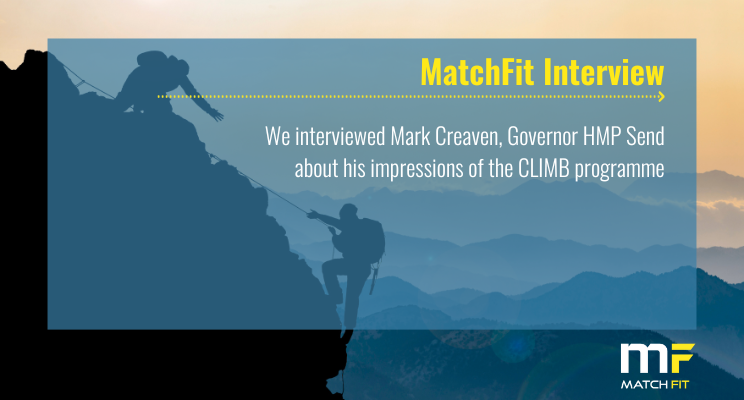
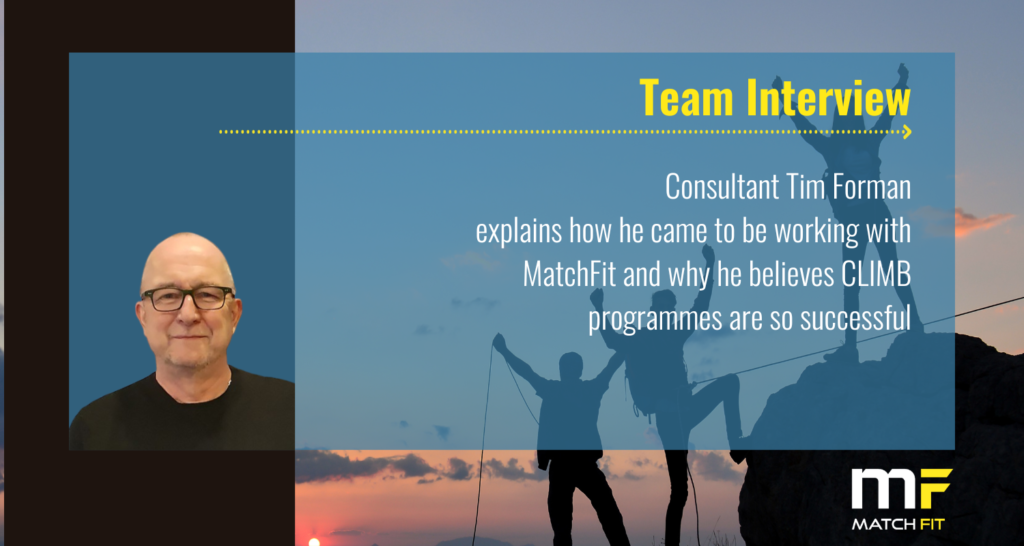


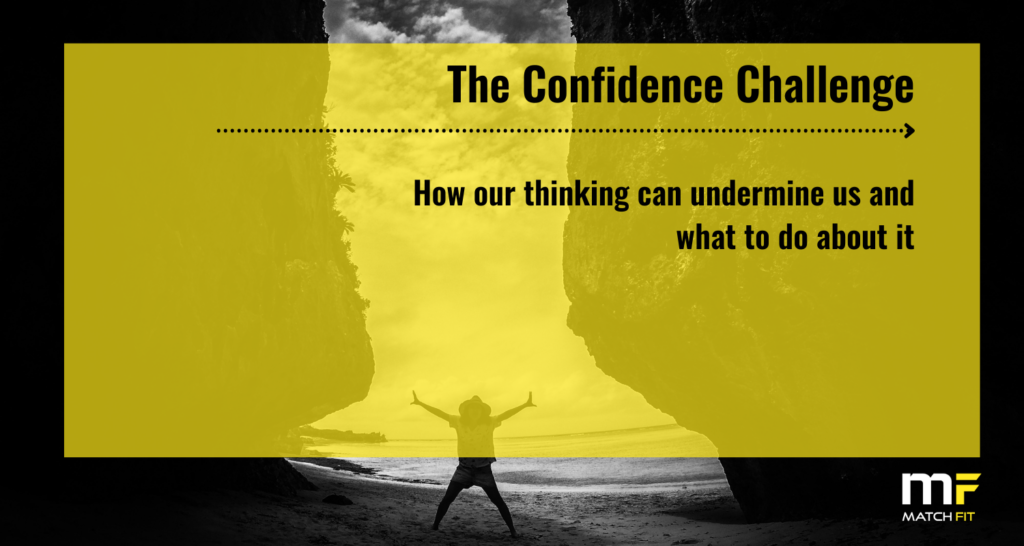
 ‘I’m nervous about this’ or ‘What if I forget my words’ can easily creep in and undermine them. And if words such as ‘always’ and ‘every time’ start to manifest, the lack of confidence compounds.
‘I’m nervous about this’ or ‘What if I forget my words’ can easily creep in and undermine them. And if words such as ‘always’ and ‘every time’ start to manifest, the lack of confidence compounds. You then need to develop the discipline to catch yourself thinking in a negative way and replace that thought every time. Replacing it over and over again until in the end you quite literally develop a new neurological pathway in the brain. And when that happens, those thinking errors will have been removed or dramatically reduced. New, more positive thoughts will occur automatically, which is a mentally healthier and more confident way of thinking.
You then need to develop the discipline to catch yourself thinking in a negative way and replace that thought every time. Replacing it over and over again until in the end you quite literally develop a new neurological pathway in the brain. And when that happens, those thinking errors will have been removed or dramatically reduced. New, more positive thoughts will occur automatically, which is a mentally healthier and more confident way of thinking.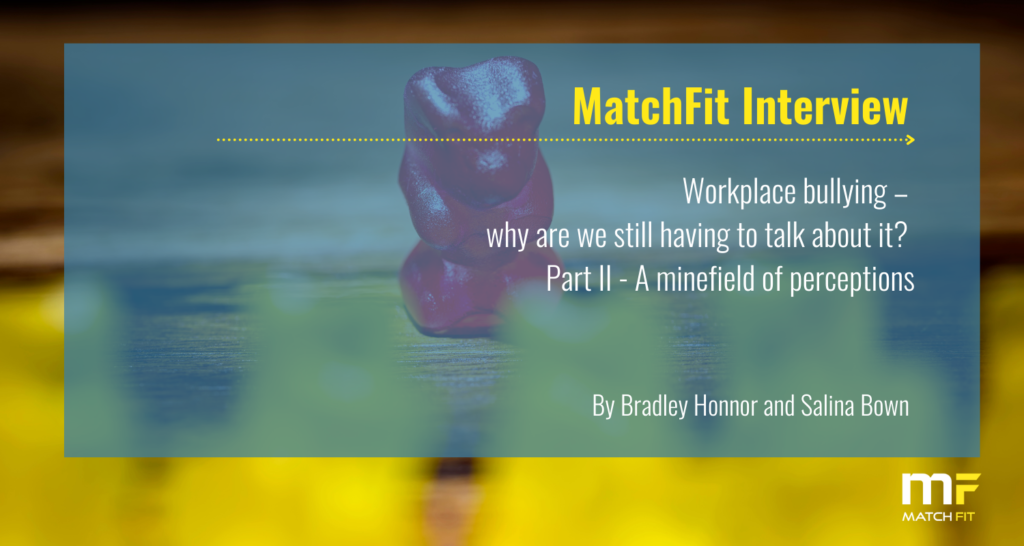
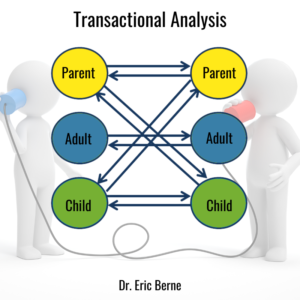 they can understand each other’s perspective and, if for example, one finds a type of humour offensive, then the other is mindful of that. But this doesn’t happen enough at work.”
they can understand each other’s perspective and, if for example, one finds a type of humour offensive, then the other is mindful of that. But this doesn’t happen enough at work.”